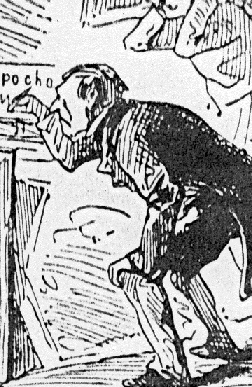Project Description |
 Project Homepage Project Homepage |
 About the archive About the archive acknowledgements acknowledgements descriptive overview descriptive overview introductory essay introductory essay project team project team  site changes site changes |
 Research archive Research archive critics critics database database images images glossary glossary texts texts timeline timeline
|
 Associated material Associated material conferences conferences associated research associated research |

|
Project details The nineteenth and early twentieth century was a period of immense activity in all aspects of the Russian visual arts. 1863 saw the first organised challenge to the hegemony of the St Petersburg Academy of Arts through the secession of 'The Fourteen', while in 1913 the mature Russian avant-garde emerged. During these fifty years, published writings on the visual arts diversified to an unprecedented extent. Out of the neo-classicist doctrine of the St Petersburg Academy of Arts of the mid-nineteenth-century there emerged wide-ranging, vigorous discussions about art and art theory. By the turn of the century there was an abundance of theoretical writings, journalistic reports, manifestos, recorded debates or semi-fictionalised 'discussions' between prominent artists, art critics and theorists, and poets, published in lavishly-illustrated art journals, newspapers, or later, in limited edition hand-printed or mimeographed pamphlets or books. The archive is both a research oputput in its own right, and a research resource, designed to disseminate little-known primary material as fully as possible to a wide audience of specialists and non-specialists potentially comprising Russianists, cultural historians, art historians, literary specialists, theoreticians, and others more broadly concerned with the development of the European arts in the late nineteenth and early twentieth centuries. The research generated by the project examines two broad areas: firstly, the growth of art criticism and art theory as a distinct genre in Russia in the early- to mid-nineteenth century; and secondly, the relationship of this 'new' discourse to artistic developments in the late-nineteenth and early-twentieth centuries, both in Russia and across Europe. For further information see our pages on research activity and postgraduate work. |